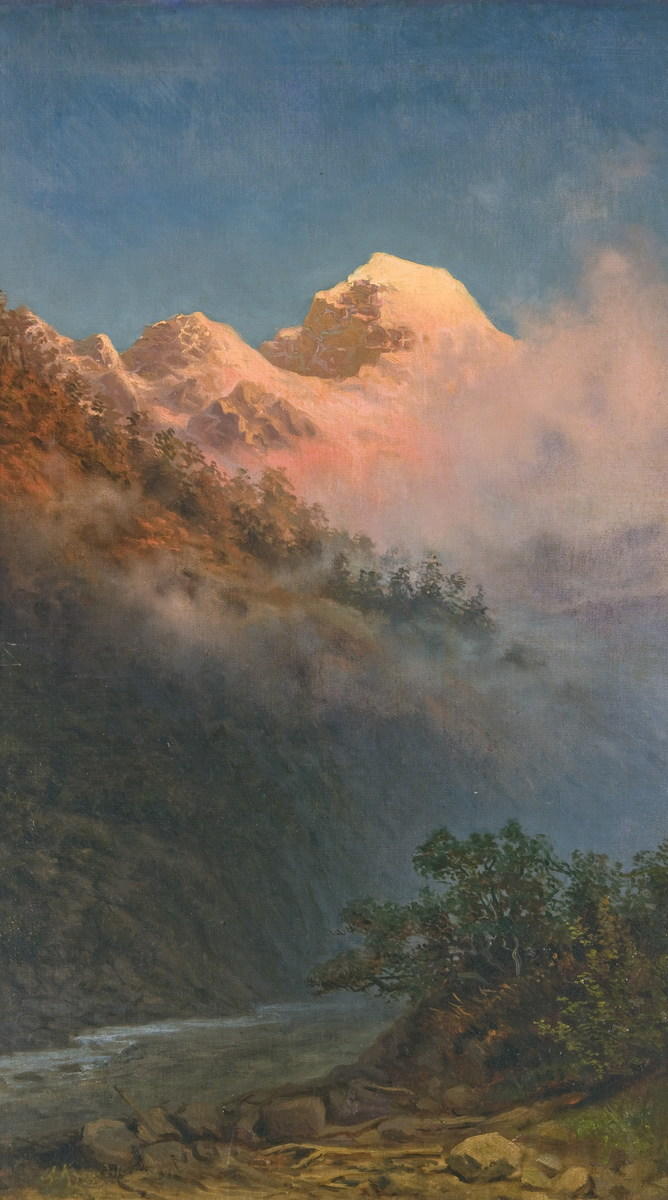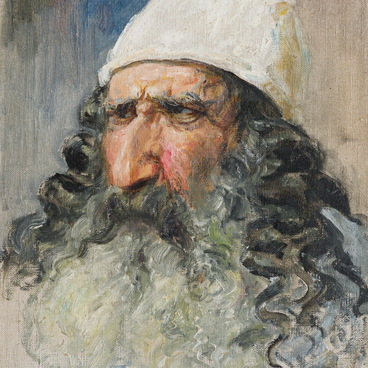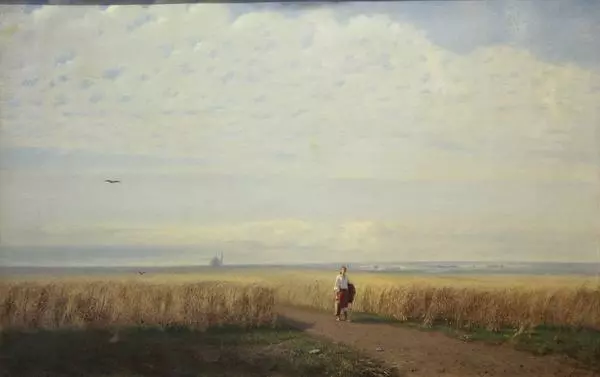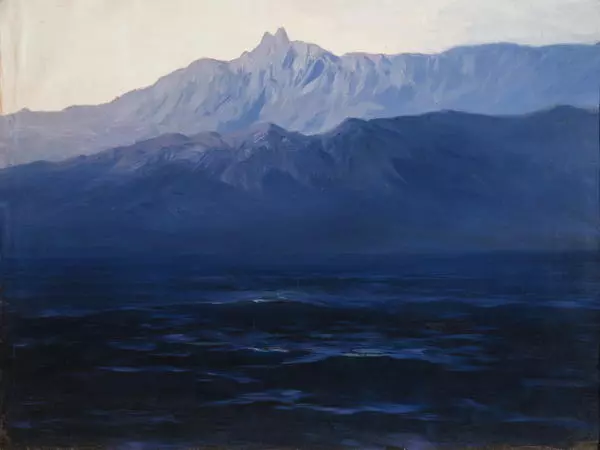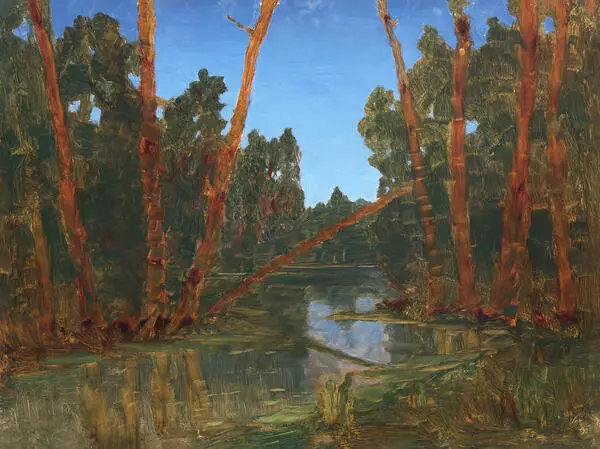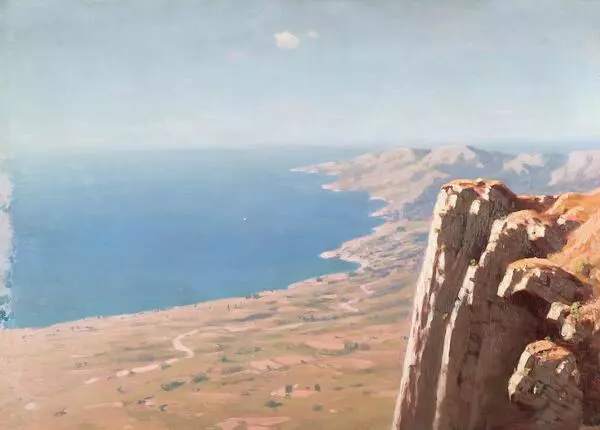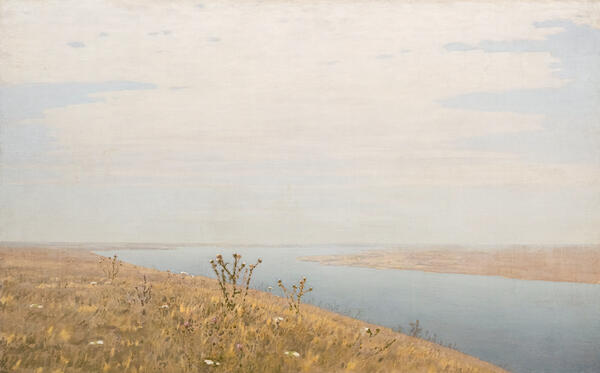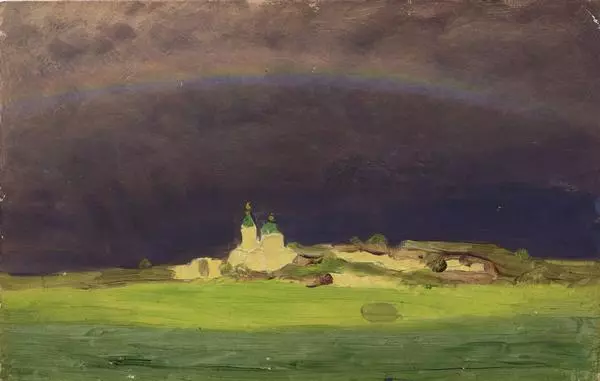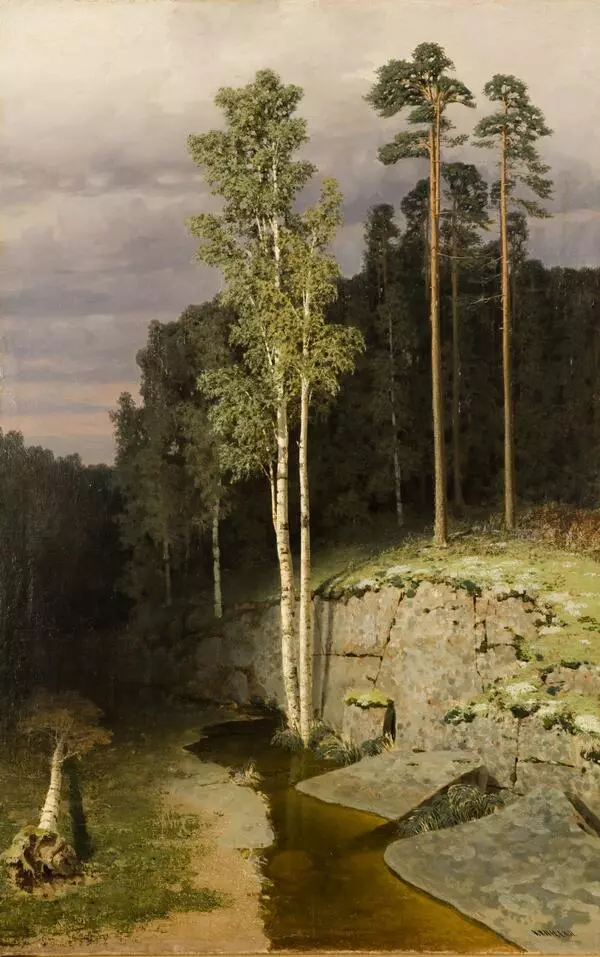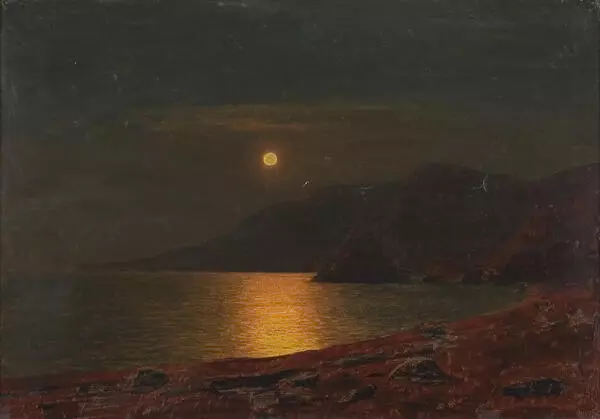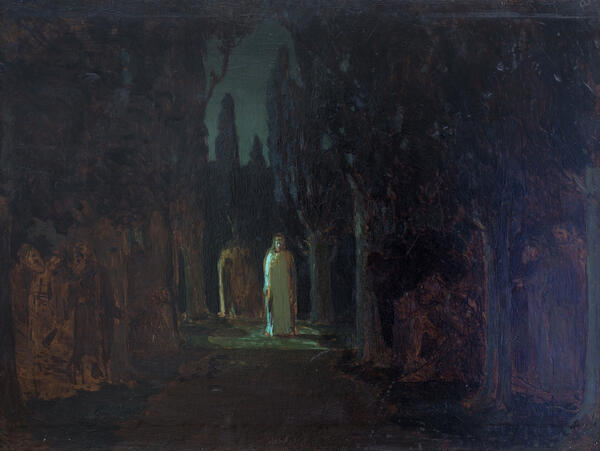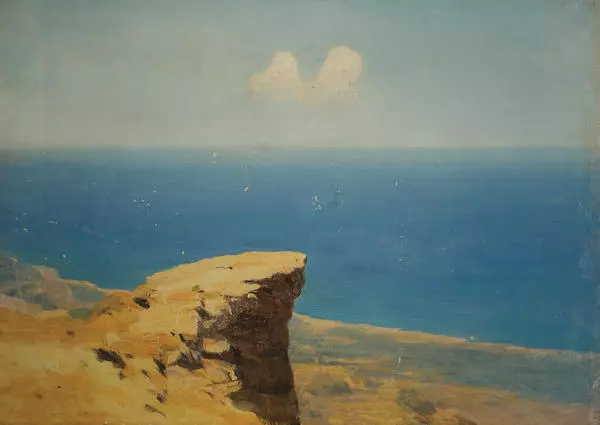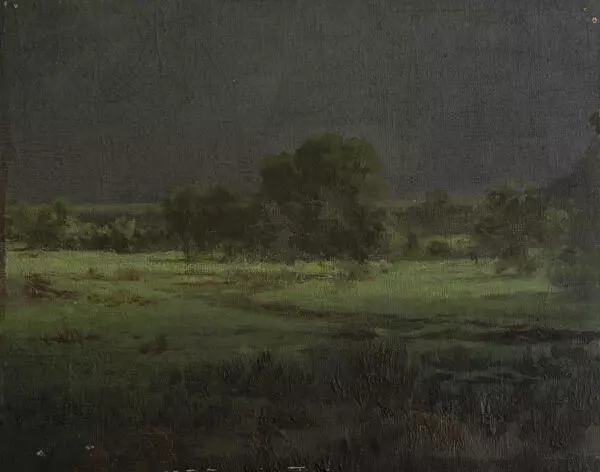The life of Arkhip Kuindzhi is the epitome of determination and devotion to art.
Kuindzhi was born in the suburbs of Mariupol, a town founded by his ancestors, the Greeks from the south of Crimea. His father was a poor shoemaker, and their surname came from his grandfather’s nickname meaning “goldsmith”. Having lost his parents at an early age, Arkhip lived with his relatives and took odd jobs to make ends meet, herding geese, counting bricks, and working as an errand boy at the corn merchant’s shop. Not having any money to spend on canvas paper or oil paints, Kuindzhi did charcoal drawings on walls and fences.
At the age of 13, Arkhip Kuindzhi walked all the way from his hometown to the estate of Ivan Aivazovsky in Feodosia. He wanted to study under Aivazovsky, but the painter declined to work with Kuindzhi saying that the boy was not talented enough. The Imperial Academy of Arts also refused him three times saying that he “could not paint and should not bother trying to enroll”. However, the painter kept working tirelessly toward his goal and taking entrance exams. Only at the age of 29, Arkhip Kuindzhi became a non-matriculated student of the Academy where he discovered the art of the Peredvizhniki artists including Ivan Kramskoy and Ilya Repin. Later, Arkhip Kuindzhi became the head of the Academy’s landscape workshop.
The art of Kuindzhi can be classified as representing the Russian school of luminism. This style is characterized by the great importance of light in the landscape, the long aerial perspective, and concealed brushstrokes which make the image look perfectly smooth. Kuindzhi also tended to view nature forms as elements of scenic design which at the time was a new trend in Russian landscape that was later continued by his student Nicholas Roerich.
The magical light in the paintings by Arkhip Kuindzhi was the result of his long experiments. His studio was a true laboratory where the artist explored the laws of light and color, and looked for new tones, pigments, and priming materials.
Kuindzhi was born in the suburbs of Mariupol, a town founded by his ancestors, the Greeks from the south of Crimea. His father was a poor shoemaker, and their surname came from his grandfather’s nickname meaning “goldsmith”. Having lost his parents at an early age, Arkhip lived with his relatives and took odd jobs to make ends meet, herding geese, counting bricks, and working as an errand boy at the corn merchant’s shop. Not having any money to spend on canvas paper or oil paints, Kuindzhi did charcoal drawings on walls and fences.
At the age of 13, Arkhip Kuindzhi walked all the way from his hometown to the estate of Ivan Aivazovsky in Feodosia. He wanted to study under Aivazovsky, but the painter declined to work with Kuindzhi saying that the boy was not talented enough. The Imperial Academy of Arts also refused him three times saying that he “could not paint and should not bother trying to enroll”. However, the painter kept working tirelessly toward his goal and taking entrance exams. Only at the age of 29, Arkhip Kuindzhi became a non-matriculated student of the Academy where he discovered the art of the Peredvizhniki artists including Ivan Kramskoy and Ilya Repin. Later, Arkhip Kuindzhi became the head of the Academy’s landscape workshop.
The art of Kuindzhi can be classified as representing the Russian school of luminism. This style is characterized by the great importance of light in the landscape, the long aerial perspective, and concealed brushstrokes which make the image look perfectly smooth. Kuindzhi also tended to view nature forms as elements of scenic design which at the time was a new trend in Russian landscape that was later continued by his student Nicholas Roerich.
The magical light in the paintings by Arkhip Kuindzhi was the result of his long experiments. His studio was a true laboratory where the artist explored the laws of light and color, and looked for new tones, pigments, and priming materials.

